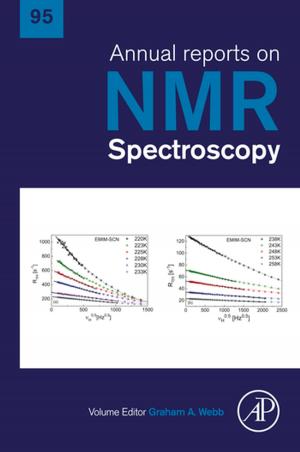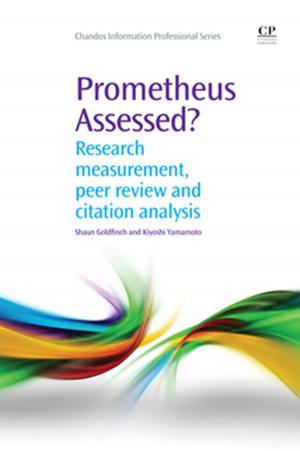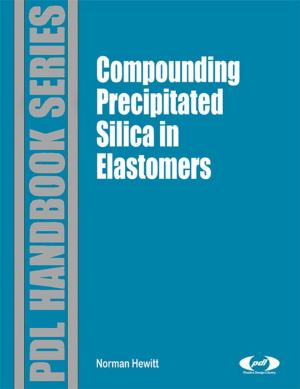Improving Traceability in Food Processing and Distribution
Nonfiction, Science & Nature, Technology, Food Industry & Science| Author: | ISBN: | 9781845691233 | |
| Publisher: | Elsevier Science | Publication: | March 8, 2006 |
| Imprint: | Woodhead Publishing | Language: | English |
| Author: | |
| ISBN: | 9781845691233 |
| Publisher: | Elsevier Science |
| Publication: | March 8, 2006 |
| Imprint: | Woodhead Publishing |
| Language: | English |
In the light of recent legislation and a number of food safety incidents, traceability of food products back from the consumer to the very beginning of the supply chain has never been so important. This important book describes key components of traceability systems and how food manufacturers can manage them effectively.
After an introductory chapter on the nature of traceability systems, the first part of the book reviews the role of traceability systems not only in ensuring food safety but in optimising business performance. Part two looks at ways of building traceability systems, with chapters on modelling, identifying and resolving bottlenecks in traceability systems, including process information and tracing analytical measurements. Part three reviews key traceability technologies such as DNA markers, electronic tagging of farm animals, ways of storing and transmitting traceability data and the range of data carrier technologies.
Improving traceability in food processing and distribution is an important reference for QA staff in the food industry in meeting regulatory requirements and improving the safety and quality of food products.
- Describes traceability systems and how food manufacturers can manage them effectively
- Edited by two leading experts in the field
In the light of recent legislation and a number of food safety incidents, traceability of food products back from the consumer to the very beginning of the supply chain has never been so important. This important book describes key components of traceability systems and how food manufacturers can manage them effectively.
After an introductory chapter on the nature of traceability systems, the first part of the book reviews the role of traceability systems not only in ensuring food safety but in optimising business performance. Part two looks at ways of building traceability systems, with chapters on modelling, identifying and resolving bottlenecks in traceability systems, including process information and tracing analytical measurements. Part three reviews key traceability technologies such as DNA markers, electronic tagging of farm animals, ways of storing and transmitting traceability data and the range of data carrier technologies.
Improving traceability in food processing and distribution is an important reference for QA staff in the food industry in meeting regulatory requirements and improving the safety and quality of food products.
- Describes traceability systems and how food manufacturers can manage them effectively
- Edited by two leading experts in the field















